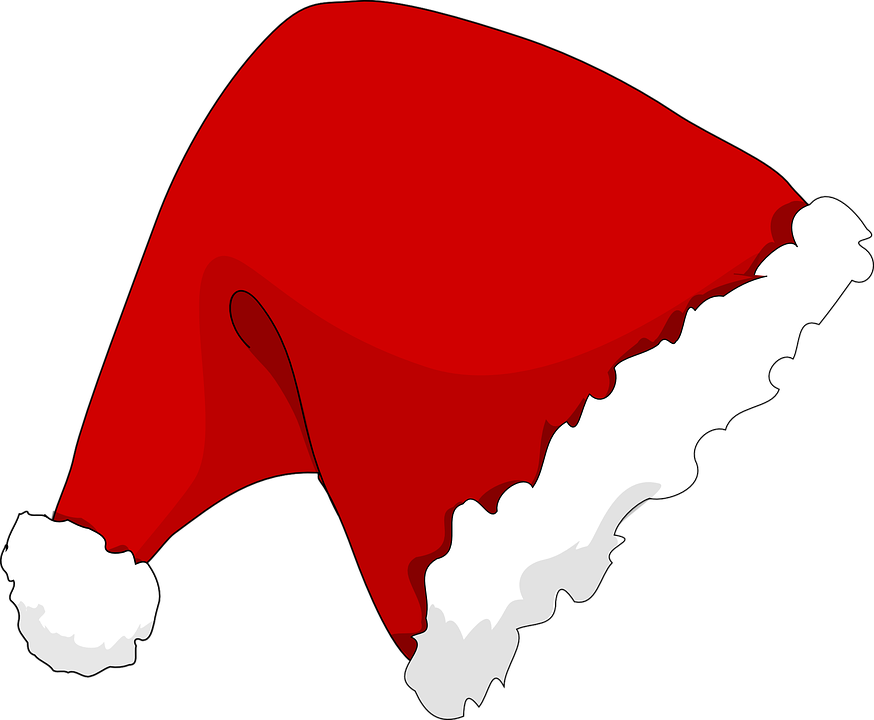Four-quadrant propeller hydrodynamic performance mapping for improving ship motion predictions
Volume
75
Issue number
3
Article number
75306
Submitted
02 April 2024
Accepted
05 July 2024
Authors
Taner Cosgun1*, Mahmutcan Esenkalan1, Omer Kemal Kinaci 2,3,4
1 Faculty of Naval Architecture and Maritime, Yildiz Technical University, Turkiye
2 Faculty of Naval Architecture and Ocean Engineering, Istanbul Technical University, Turkiye
3 Marine Cybernetics Advanced Vehicle Technologies (MARNETICS), ITU Ariteknokent, Turkiye
4 Marine Robotics Laboratory, Istanbul Technical University, Turkiye
Corresponding author email
Abstract
On the path toward fully autonomous sea vessels, forecasting a ship’s exact velocity and position during its route plays a crucial role in dynamic positioning, target tracking, and autopilot operations of the unmanned body navigating toward predetermined locations. This paper addresses the prediction of the operational performance of a free-running submarine advancing in a straight route (in surge motion). Along with the forward advancing vessel (straight-ahead motion) the study covers all possible scenarios of ship’s surge, including crash-ahead, crash-back, and astern motions. Conventional maneuvering models cannot handle motions other than forward advancement due to the absence of propeller data in all four quadrants of hydrodynamic performance map. This study proposes an approach for predicting submarine performance in all these surge conditions by utilizing four-quadrant propeller performance and resistance test data. We developed an in-house code, SMot4QP, to simulate ship speed and position in the time domain. We obtained satisfying results for the straight-ahead and crash-ahead motions, while the crash-back and astern maneuvers require further refinement due to propeller wake interaction with the hull. The proposed method is capable of predicting the motions of all types of vessels using the ship’s resistance and four-quadrant propeller test results. Thus, SMot4QP offers a fast and robust alternative to computationally expensive free-running self-propulsion simulations for operational performance prediction in broader naval applications.
Keywords
Free-running ship, Ship motions, Four-quadrant propeller performance, Self-propulsion, Ship maneuvering
